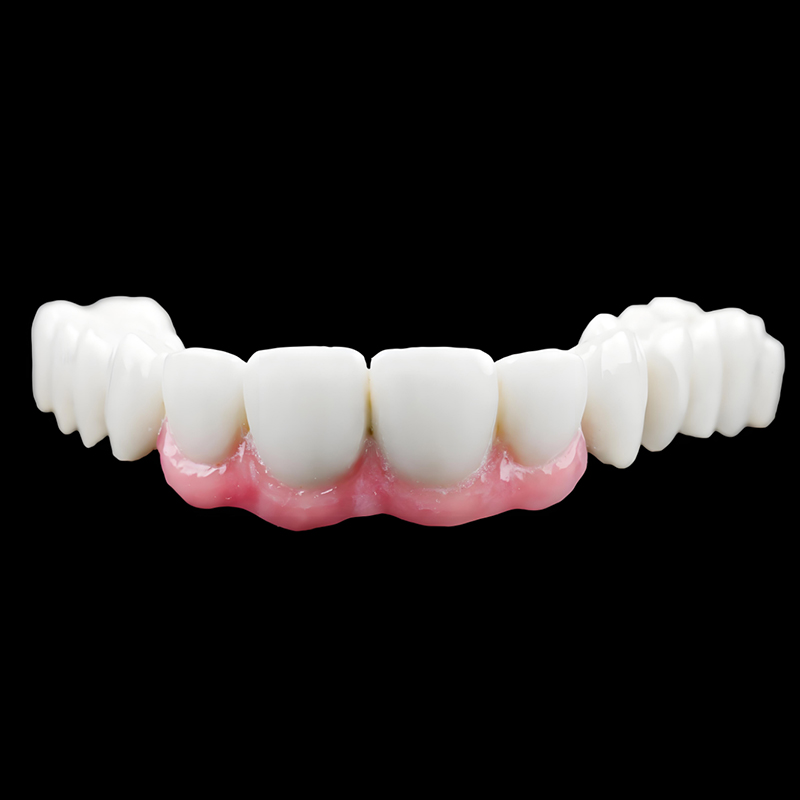Views: 0 Author: Site Editor Publish Time: 2025-06-05 Origin: Site









The service life of single-layer PMMA (polymethyl methacrylate) is affected by multiple factors, including the usage environment, temperature, humidity, intensity of ultraviolet radiation, and the mechanical stress it bears. Generally speaking, the service life of single-layer PMMA can reach several years under normal usage conditions, but the specific years may vary due to the differences in the above factors.
The following is a detailed analysis of several main factors affecting the service life of single-layer PMMA:
Usage environment:
Indoor environment: In an indoor environment with relatively stable temperature and humidity and weak ultraviolet radiation, the service life of single-layer PMMA is relatively long.
Outdoor environment: Long-term exposure to the outdoors, especially direct sunlight and extreme weather conditions, will accelerate the aging process of PMMA and shorten its service life.
Temperature and humidity
PMMA is prone to absorbing water and expanding in high-temperature and high-humidity environments, resulting in dimensional changes and performance degradation. Therefore, controlling the temperature and humidity of the usage environment is crucial for extending its service life.
Ultraviolet radiation
Although PMMA has a certain ability to resist ultraviolet rays, long-term and intense exposure to ultraviolet rays can still cause its surface to turn yellow, crack and reduce transparency, thereby affecting its service life.
Mechanical stress
When single-layer PMMA is subjected to significant mechanical stresses such as bending and impact, it may develop cracks or damage, thereby shortening its service life.
Maintenance and care
Regular cleaning and maintenance can extend the service life of single-layer PMMA. Avoid using hard objects or rough fabrics to wipe the surface to prevent scratches or wear.
It should be noted that the quality of single-layer PMMA produced by different manufacturers may vary, and so may their service life. In addition, single-layer PMMA with special processing (such as adding UV inhibitors, anti-aging agents, etc.) may have a longer service life.
In conclusion, the service life of single-layer PMMA is a relative concept, and the specific years need to be determined based on the actual application environment and conditions. Under normal usage and maintenance conditions, the service life of single-layer PMMA can reach several years. However, to obtain a more accurate prediction of service life, it is recommended to refer to the technical specification sheet of the specific product or consult the manufacturer.
